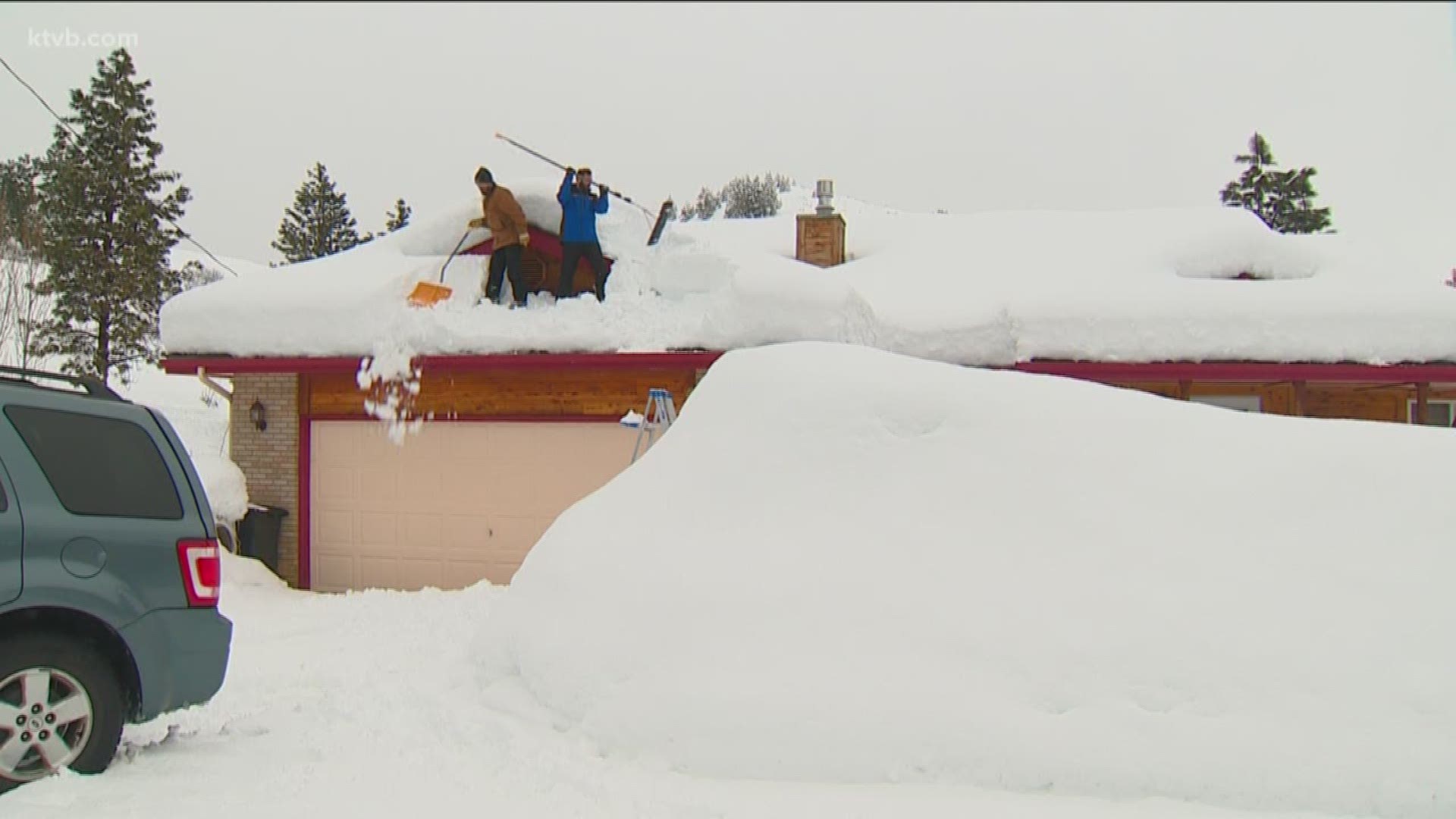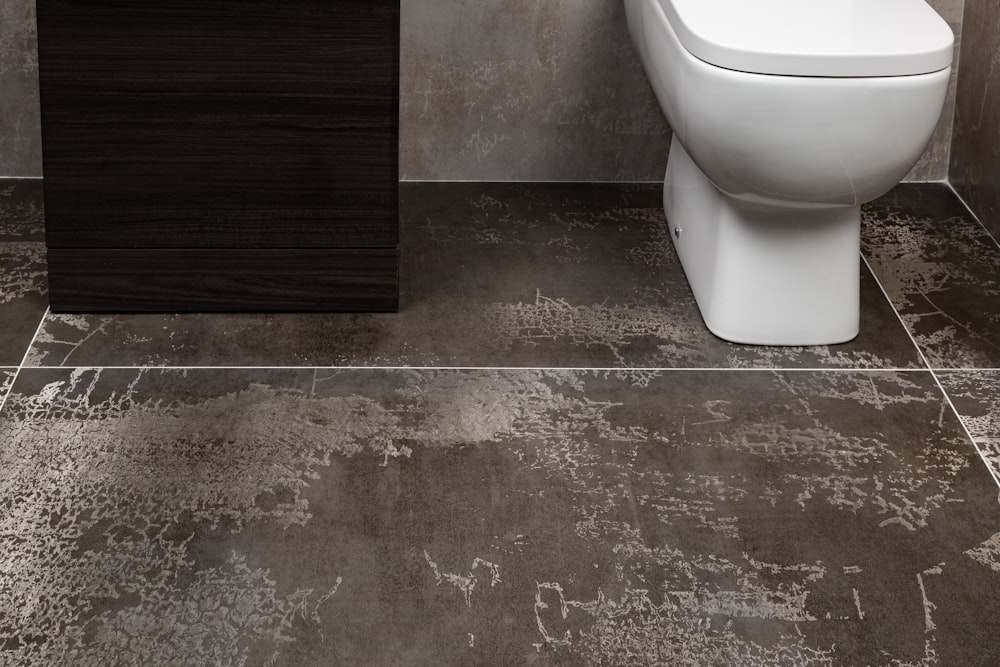
In areas with large amounts of snowfall, roofs need to be shoveled off often to prevent damage to the roof. However, it can sometimes be tricky to measure how much snow is on a roof with accuracy. It takes the right technology and mathematical skills to get a precise measurement.
Technology
If you want to avoid doing math, it’s best to invest in roof snow load measurement technology. This technology works by monitoring snow build-up in weight. When the weight gets past a certain amount, usually before the snow level gets too dangerous, the system will alert the owner. The owner of the building can then make arrangements to get the excess snow moved off the roof to avoid any potential damage.
Math
The second way to measure snow build-up on a roof is to do some good old fashioned math. This is totally free to do but it is considerably more difficult than simply installing a load measurement system. There are also many variables when it comes to determining snow weight, including the wateriness of the snow, how long the snow has been on the roof, and the slant of your roof.
To calculate your snow load weight, first, you need to estimate how high the snow is on your roof and whether the snow is light and fluffy or wet and heavy. Even though wet snow may not stack as high as fluffy snow, it tends to be heavier. Then, you will multiply this by the area of your roof to figure out the total weight.
It should be noted that flat roofs need to be cleaned more often than slanted roofs, as snow slides off slanted roofs when it starts to melt. No matter what method you use to determine the weight of snow on your roof, it is important to shovel it off quickly to keep your home or building, and its residents, safe.










